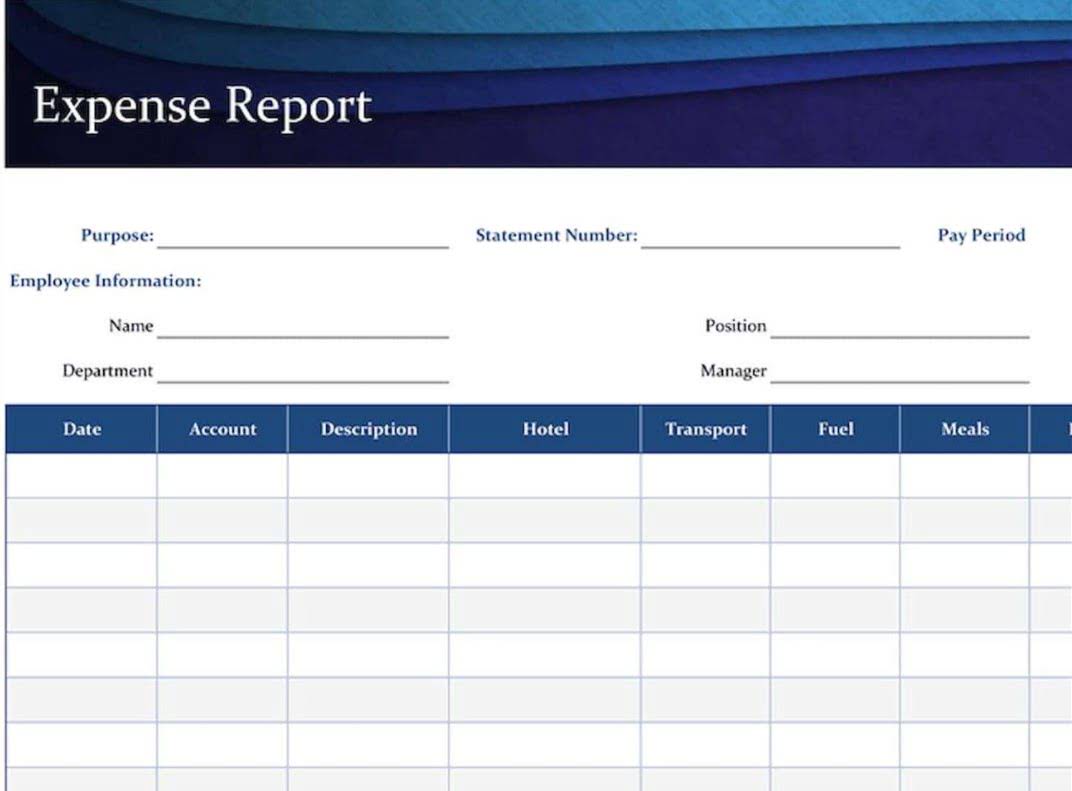
However, until the recipient cashes the check, the bank statement will not reflect this transaction. This lag can lead to a misrepresentation of the actual available funds, which, if not accounted for, may result in erroneous financial decisions or reports. The following examples illustrate how to adjust your accounting records using journal entries during the bank reconciliation process. Each entry ensures that your books accurately reflect your financial position, aligning your records with the actual bank statement. An outstanding check is a check that has been written and recorded in the issuer’s accounting records but has not yet been cleared by the bank. This means the recipient has not yet deposited or cashed the check, so the funds remain in the issuer’s account.
- The funds should stay in your account in case the payee presents the check later.
- To prevent collusion among employees, the person who reconciles the bank account should not be involved in the cash disbursement cycle.
- Once the vendor is paid back pertaining to the due dates a final journal entry is recorded for the transaction, debiting the entire amount from accounts payable account.
- EduCo attempted to contact SupplyPro multiple times but received no response, and there are no outstanding invoices from SupplyPro that the check could be applied to.
- Compare your bank statement with your records to spot any checks that were missed.
- Be mindful of post office conditions and potential delays for seasonality, weather, or staffing issues.
Outstanding Check vs Deposit In Transit

An outstanding check refers to a check that has been written by a business but has yet to be deposited by the recipient. Even though the bank statement may not display it, the payee’s account incurs a debit for the amount of the outstanding check. There is no need for the company to write a journal entry, as the checks were recorded in the company’s general ledger account when the checks were written. Accounts payable journal entry is recorded according to the type of transaction made. It can be recorded against a transaction from an expense account to your accounts payable charge.
Managing Outstanding Checks
- This information is vital for financial reporting, budgeting, and decision-making.
- These solutions offer a range of benefits, from real-time tracking to automated reconciliation processes, which not only streamline the task but also enhance the reliability of financial reporting.
- Outstanding checks are typically recorded in a company’s cash disbursement journal or check register.
- As a result, the bank reconciliation for the current month will again show the outstanding check amount as a subtraction from the bank statement balance.
- Traditionally, this process has been manual and time-consuming, often leading to delays and errors.
- Accounting inconsistencies may arise if outstanding checks are not reported and tracked in the appropriate manner.
These could be automatic bill payments (like your utility bills or loan payments) or deposits from customers paying via electronic funds transfer (EFT). It’s got your account’s beginning balance (think of it as the “previous episode recap”), the ending balance (spoiler alert!), and all the plot twists in between—every deposit, withdrawal, and fee. To conclude, the key is to closely examine the general ledger to determine whether a reversal entry is needed. A journal entry would not be needed if the duplicated check was purely an error at the processing level (no effect in the general ledger). PML Noodle Shop (PML) had initially contracted Super Clean Services for restaurant cleaning services and issued a check for $500 as a deposit. However, before the check was cashed, PML Noodle Shop decided to cancel the service due to the hiring of their unemployed relatives.

Step 5: recordkeeping

By diligently monitoring and reconciling outstanding checks, companies can make informed financial decisions and ensure their financial stability and success. With just a few clicks, you can create necessary journal entries, ensuring your cash balances are accurate and up-to-date. Once identified, outstanding checks require specific handling within the bank reconciliation to determine the accurate cash balance. The total amount of outstanding checks is subtracted from the bank statement’s ending balance. This adjustment accounts for the funds that have been committed but not yet withdrawn by the bank, arriving at a true cash figure that should match the adjusted internal accounting records.
This can create complications for the issuer, as the intended payment may not reach https://www.krishibio.co.in/inventory-sold-on-credit-a-journal-entry-guide/ the payee. I have entered a deposit to offset a check that has not cleared from the previous year, when I reconcile these are not clearing. I have done this before and it has been successful , I do not know why it is not working this time, I have not double entered any of these. To do that, you’ll need to create an account and item to be used when offsetting the vendor’s bill/check.

Unpresented or outstanding cheques
Furthermore, if the payor’s account Travel Agency Accounting lacks sufficient funds, the check does not clear. Alex always buys mobiles from a wholesale dealer in New York for a lower price and higher margin after selecting the models and transport medium for the mobiles to be transported from New York to Texas. He issues an outstanding check, valid for one month, upon the delivery of the mobile shipment from the dealer to the shop.
- After 30 days bank notified that they deposited back into my account and we determined it went to the wrong address.
- You see, at the end of every financial period, reconciling your bank statements isn’t just some bureaucratic hoop to jump through.
- Recording financial transactions in the ledger helps in better budgeting and forecasting and aids your company’s financial wellness.
- After posting the journal entry, the accounts payable (expense) account would increase by $1,000, and the cash account would decrease by $1,000.
- The payor must be sure to keep enough money in the account to cover the amount of the outstanding check until it is cashed, which could take weeks or sometimes even months.
Choose the bank account that the funds are coming out on the Transfer Funds From drop-down.3. On the Transfer Funds To drop-down, select the Other Current Liabilities account.4. At this time, the outstanding checks journal entry option to choose Other Current Liabilities when using the Bank Deposit feature is unavailable.

Comentários